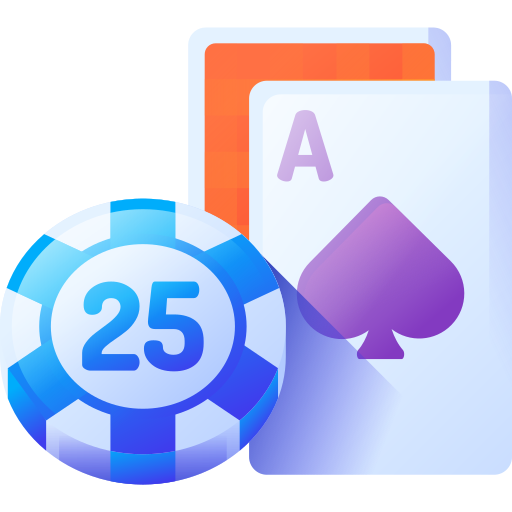Testing the demand for a new product is crucial to understanding market interest and paving the way for a successful launch. Google Ads (formerly known as Google AdWords) offers a streamlined, cost-effective method for doing so. Here’s a comprehensive guide on how to utilize Google Ads to gauge demand for your new product.
Setting Up Your Campaign
The first step in testing product demand is setting up a targeted Google Ads campaign. This involves several key steps, each critical to obtaining accurate and useful data.
- Define Your Objective
- Clearly define what you hope to achieve with the campaign. Whether it’s gauging interest, collecting emails, or making pre-sales, having a clear objective helps in setting up the campaign efficiently.
- Keyword Research
- Use tools like Google’s Keyword Planner to find relevant keywords. Choose terms that potential customers might use when searching for your product or related items.
- Examples include product-specific terms, problem-solving queries, and industry-related searches.
- Create Compelling Ads
- Write ad copy that highlights the unique benefits of your product.
- Include a strong call-to-action (CTA) urging users to click, learn more, or buy now.
- Landing Pages
- Ensure your landing page is optimized for conversions. The page should be visually appealing, informative, and should clearly communicate the value proposition of the product.
- Use A/B testing to optimize landing page elements, such as headlines, images, and CTAs.
Monitoring Key Metrics
Once the campaign is live, it’s important to track and analyze key performance indicators (KPIs) to evaluate demand.
- Click-Through Rate (CTR)
- A high CTR indicates that the ad copy and targeting are resonating well with the audience.
- A low CTR might suggest that the ad isn’t compelling or the targeting is off base.
- Conversion Rate
- This is the ultimate measure of demand. High conversion rates indicate strong interest and a ready-to-buy audience.
- Track how many clicks result in desired actions like form submissions, purchases, or downloads.
- Cost-Per-Click (CPC) and Cost-Per-Acquisition (CPA)
- Keeping an eye on these costs is crucial. High costs might indicate a competitive market.
- Optimize your bids and budget according to the return on investment (ROI).
Utilizing Google Ads Experiments
Google Ads offers a feature called Experiments that allows advertisers to test different variables within their campaigns. This is particularly useful for micro-testing various aspects of your product.
- Testing Ad Copy
- Run experiments with different versions of ad copy to see which resonates best with your audience.
- Example experiment variables can include different headlines, descriptions, and CTAs.
- Landing Page Variations
- Test different landing page designs and content to see which version leads to higher conversions.
- Analyze data to identify the most effective elements and incorporate those into the final design.
Using Data to Make Informed Decisions
The data collected from your Google Ads campaign provides valuable insights into the market demand for your product. Key actions based on this data include:
- Refine Product Offering
- Use the insights to tweak your product or service. Perhaps customer feedback suggests additional features or changes to the existing ones.
- Adjust Marketing Strategies
- Based on what worked in your Google Ads, refine your broader marketing strategy.
- Focus more on the keywords and ad copies that generated the most interest.
- Plan Product Launch
- If the data indicates high demand, plan a more aggressive launch strategy.
- Conversely, if demand is low, consider revising the product or refining the target market.
Example Table of Ad Performance Metrics
| Metric | Campaign 1 Value | Campaign 2 Value | Insights |
| Impressions | 50,000 | 45,000 | Indicates reach and visibility |
| CTR | 3.5% | 2.8% | Campaign 1 ad copy might be more effective |
| Conversions | 500 | 300 | Campaign 1 drives more actions |
| Conversion Rate | 1% | 0.67% | Campaign 1 page more optimized |
| CPC | $ 0.75 | $ 0.90 | Campaign 1 is more cost-effective |
| CPA | $ 7.50 | $ 13.50 | Campaign 1 shows better ROI |
Conclusion
Testing product demand using Google Ads is an invaluable strategy for entrepreneurs and marketers looking to validate new product ideas. By setting up well-crafted campaigns, monitoring essential metrics, and leveraging the power of Google Ads Experiments, you can gather precise data to make informed decisions. This process helps minimize risks and sets the stage for a successful product launch.

